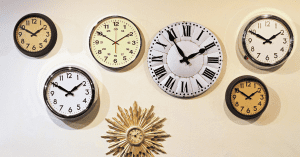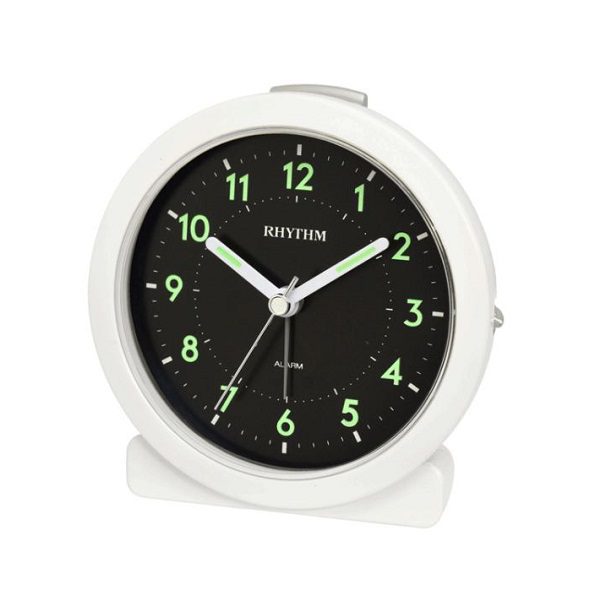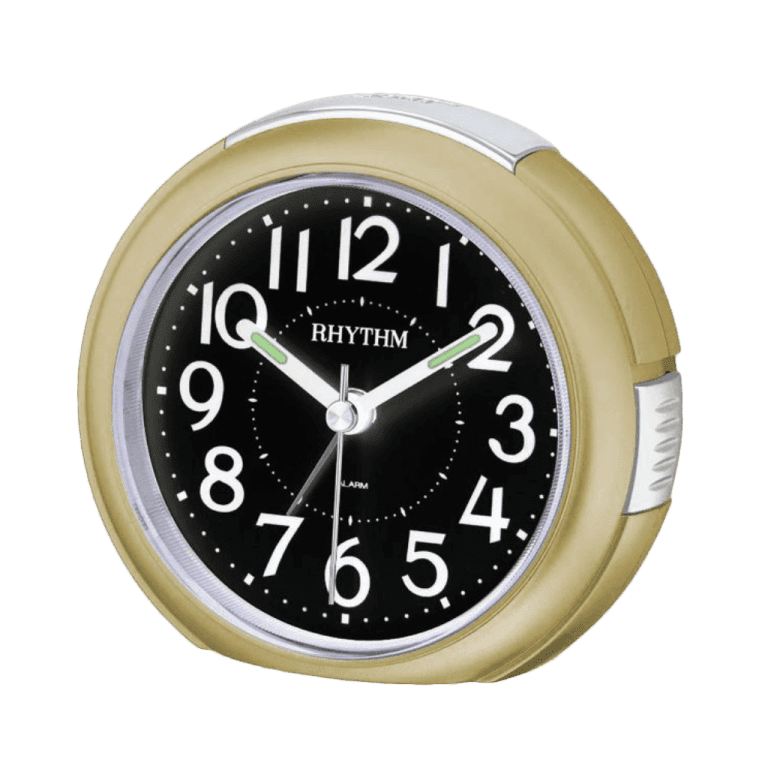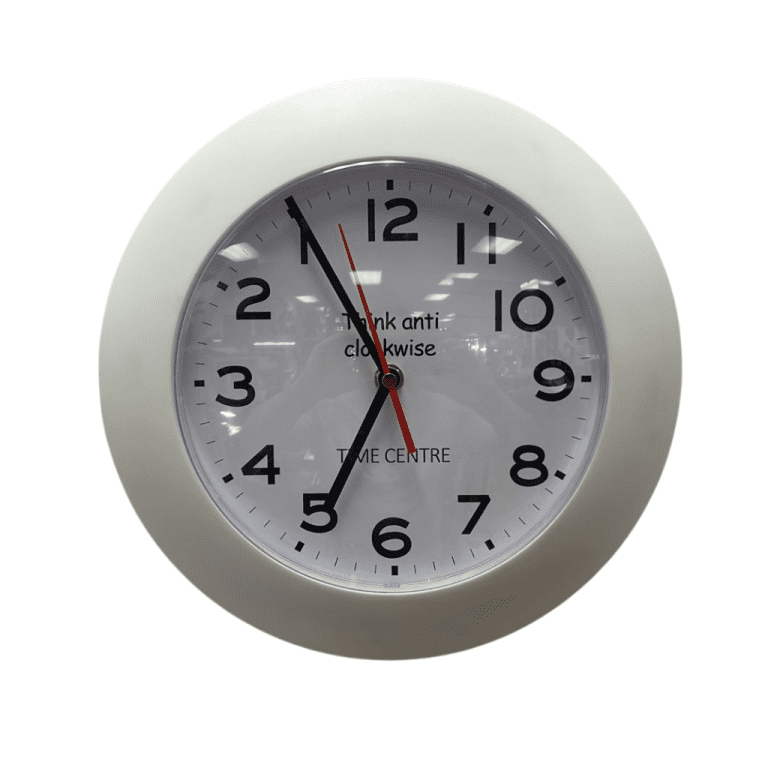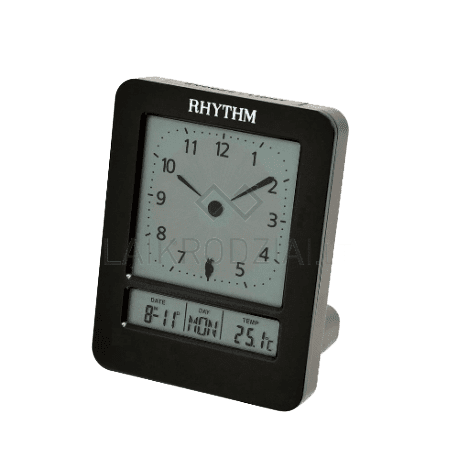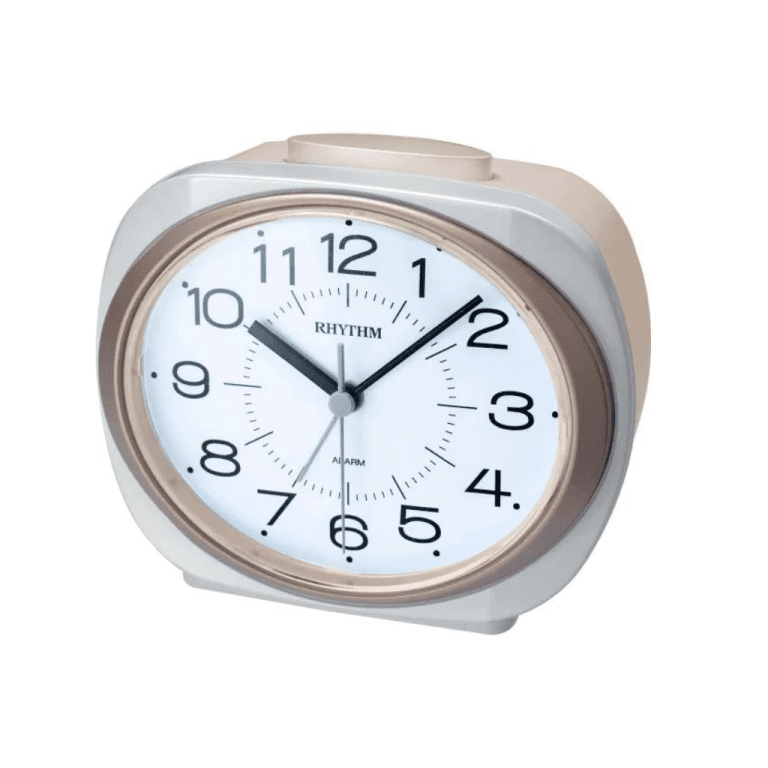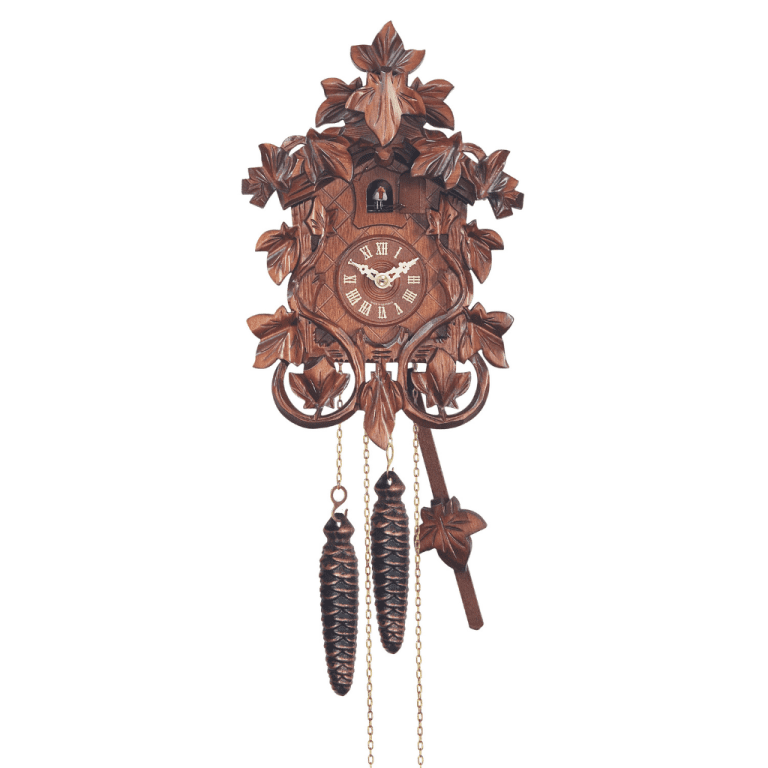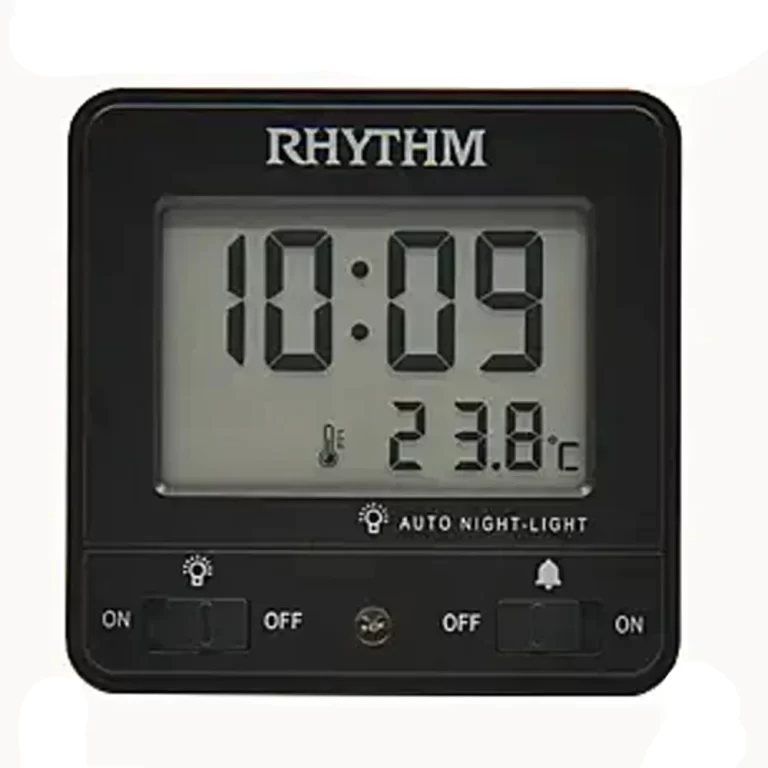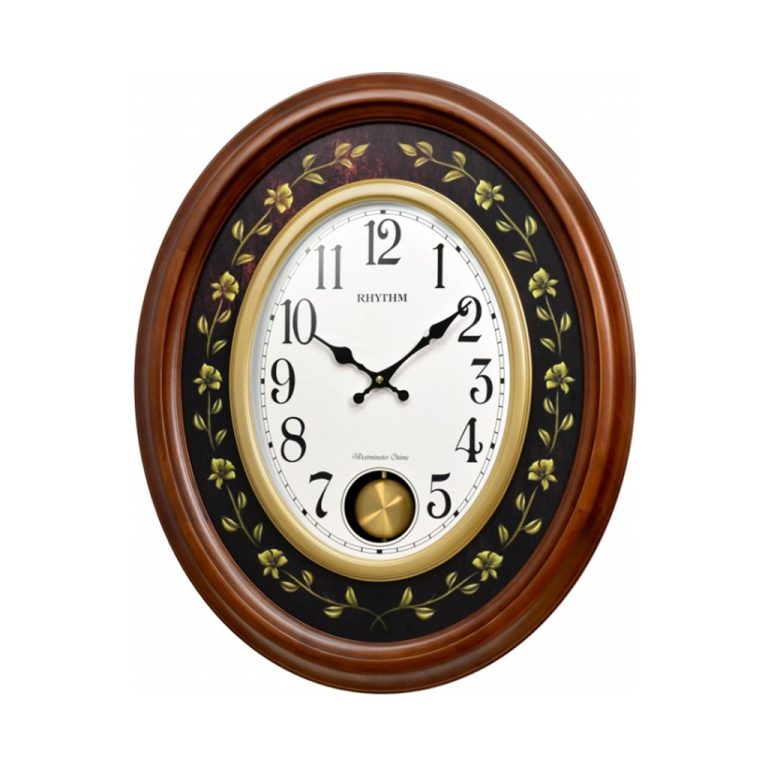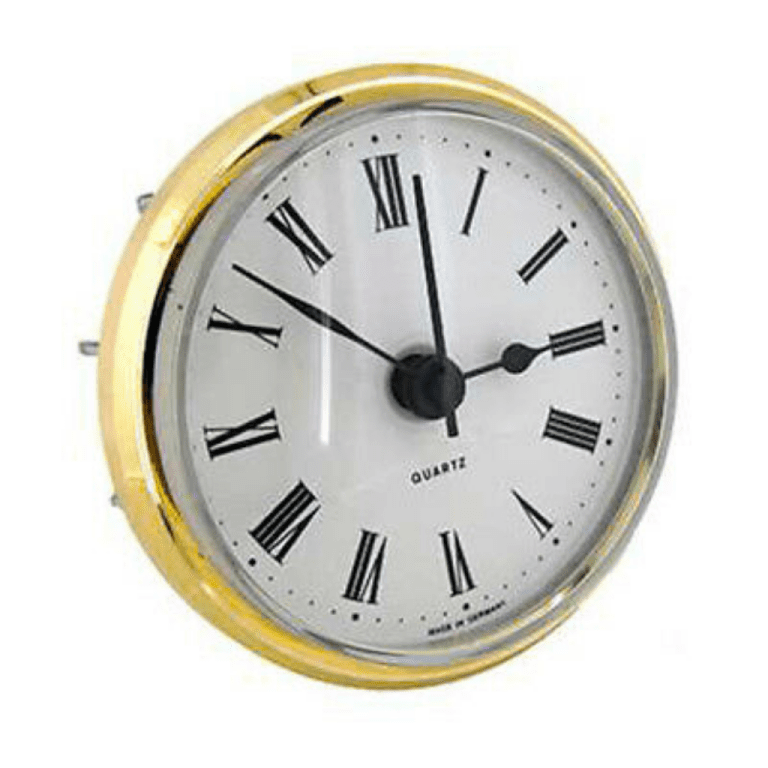Looking for a unique Bavarian souvenir to give as a gift or keep for yourself? The German weather house is always a favourite choice. This fascinating and historic piece is handcrafted in the shape of a chalet and features a variety of interesting figurines that are designed to tell the weather. How? These figurines move about in different patterns when it’s sunny outside or when it’s raining. If you’ve never seen one or heard about these captivating souvenirs before, learn everything you need to know about the history of the German weather house and where you can buy one.
What is a German Weather House?
A German weather house is a piece of folk art that is technically a hygrometer, meaning it can also indicate the weather. It’s often crafted in the shape of an alpine chalet with two open doors – a classic scene found in German culture and folklore. The weather house also features both a Bavarian male and female figurine that sits on a balance bar that swings the figurines in or out of the house, depending on the weather and humidity. When the weather is dry and sunny, the female will emerge from the house, while the male will pop out only when it’s going to rain. Some German weather houses are also made with a small thermometer placed between the two doors, and others will have a tiny piggy bank attached to it as well.
Where Did they Originate From?
Weather houses are a popular type of souvenir. They have long been a tradition in Germany, Austria, and Switzerland. The exact date of when they first emerged remains unknown, however, they were likely first made in Germany back in the late 1700s to early 1800s. The finest weather houses are made today in the Black Forest region of Germany, and many continue to be hand-painted and carved out of solid wood by artisans to resemble the classic cuckoo clocks.
Credited to;frankenmuthclock


